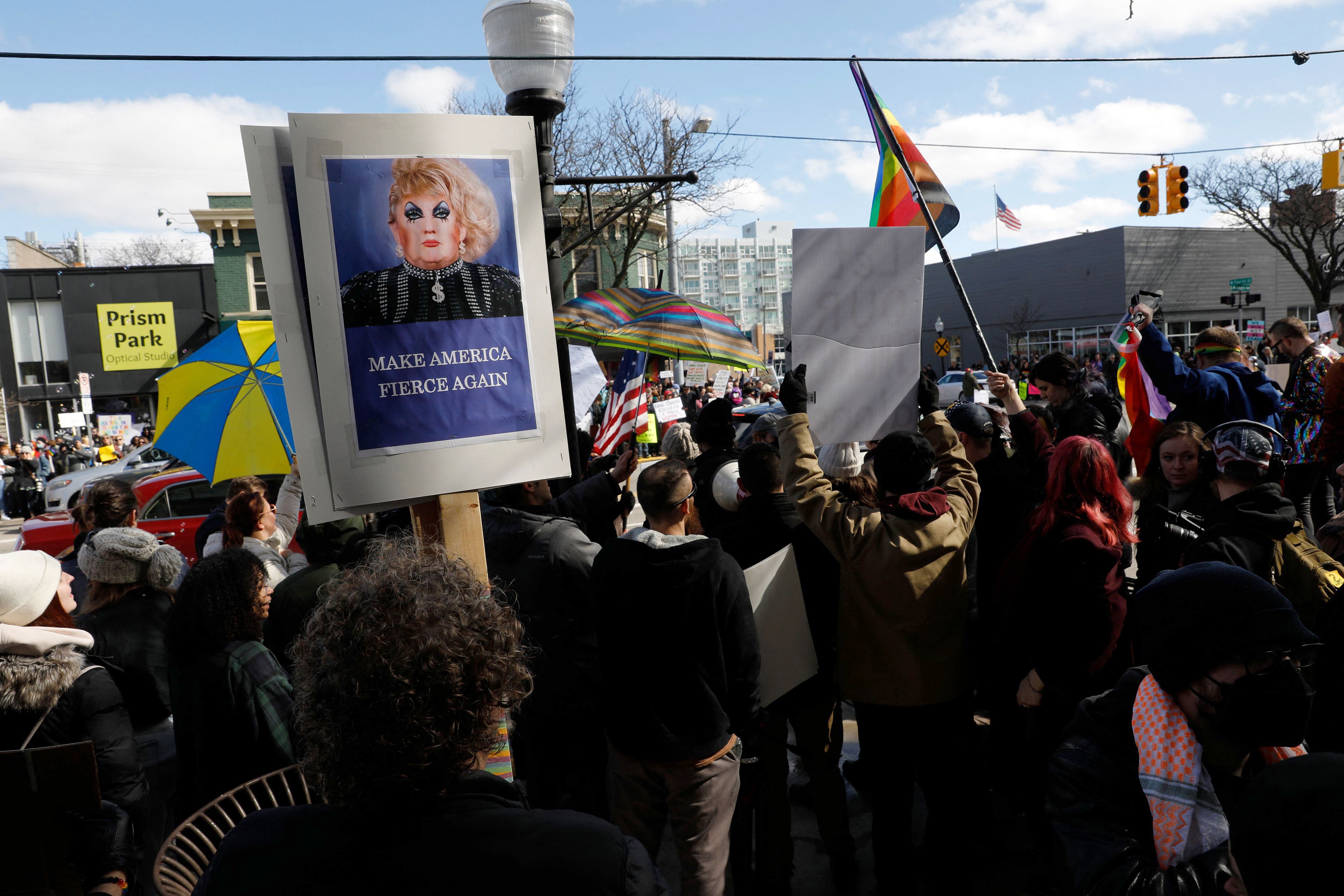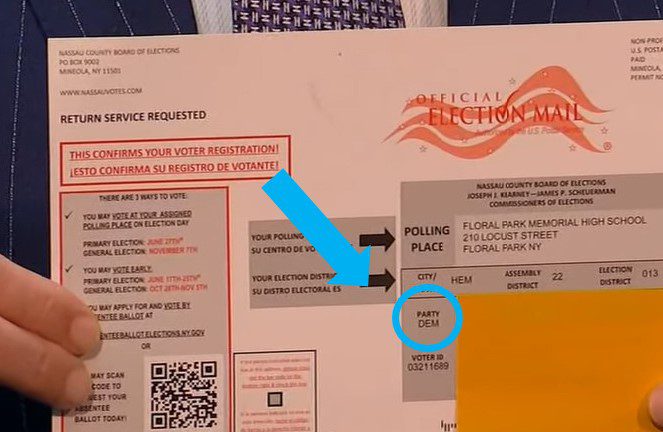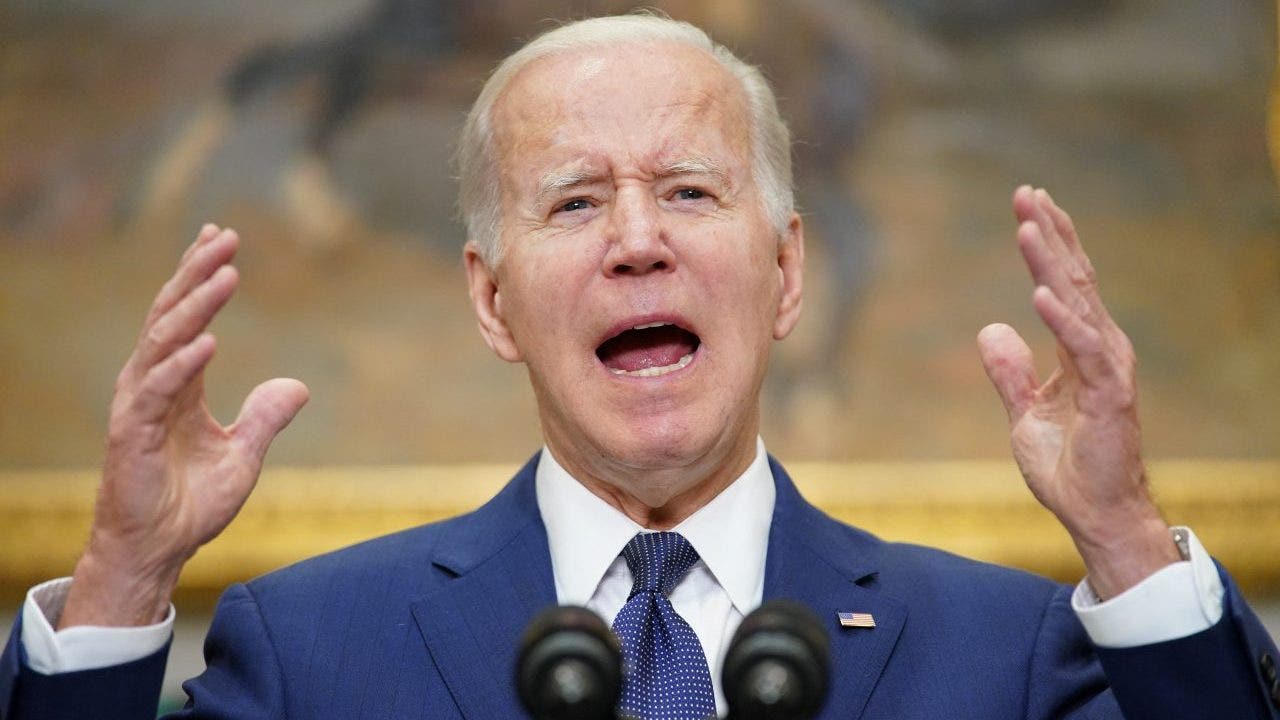
A moral panic is sweeping though state legislatures in the U.S., an irrational feeling that harmless groups pose a threat to society and need to be stopped. The outbreak rides on an emotional and political package of rhetoric and laws that label some people as worthy of social and political support, and others—trans kids and adults—as deviants.
There’s no hiding from the panic: so far this year, state lawmakers have introduced 543 bills in 49 states identified as anti-transgender legislation; another 32 bills aim to stop drag queens from performing in certain spaces. Montana, for example, has made it illegal for trans children to receive health care in conjunction with their parents and doctors. The legislation is titled, “Provide for a youth health protection act.” Tennessee has banned drag attire in public spaces. This legislation renders trans and gender non-conforming people vulnerable to discrimination.
This morality policing signals a new form of governance over gender identity in the U.S. However, the underlying issue is not gender, but rather a “war on youth” that is using trans issues as a vehicle to impose control over children, teens and all young people. This charade is in keeping with the literature: “Moral panic is the outbreak of moral concern over a supposed threat from an agent of corruption that is out of proportion to its actual danger,” according to scholars Erich Goode and Nachman Ben-Yehuda.
Historically, panics have emerged over witches, comic books, music lyrics, video games, kids playing soccer, Judy Blume books, satanic worship or drag queens. The common thread between them all is a grievance-driven bid to control people. Today, state-sanctioned transphobia and racism send a message about who should feel safe in society and who should not. Or as transgender advocate Eloise Brook told me over e-mail, “The only thing that conservatives can think to do to stem the tide of tolerance is to undertake a national project to legislate gender diversity out of the public eye.”
The anti-trans laws send a message that nonreproductive sexuality, reproductive health and bodily autonomy are not acceptable. Ultimately this tells a story about who has power: if we can erase trans people then we can erase anyone; if we can remove gay books we can remove any book; if we can silence drag queens, we can silence you.
A central motivating principle of moral panics is that they play to a large audience. Small topics, such as drag shows, libraries, textbooks, are often proxy devices for public disapproval. The identified target is almost always symbolic or incidental, except for the way it provides cover for legislative actions and generates salience that can garner political and financial support. Here, we see that “moral panic capitalism” can be lucrative: emotionally volatile legislation is designed to divide people as well as sell T-shirts and bumper stickers. This is the underbelly of outbreaks, where anger attracts cash and fuels organized outrage.
Most often, moral panics are about preserving norms focused on youth. Studies by scholars Stanley Cohen and Jock Young on moral panics in the 1960s found they focused on youth culture. Today, the Alliance Defending Freedom, a conservative religious advocacy group, justified its support of Montana’s recent law as protecting “vulnerable children.” And Governor Ron DeSantis’ “Don’t Say Gay” legislation in Florida is about more than gay students; it represents a presupposed crisis to determine what youth say in class and what they read in social studies textbooks. The law is about using schools to exercise power and control. The governor is championing a state message directed at the behavior of young people that defines the terms of their free speech on his grounds.
There are several reasons for the pronounced increase in moral panics in the U.S., ranging from TikTok’s “Libs of TikTok” videos about vaccines, and the furor over “groomers” and sexting via Snapchat, to structural factors in American politics, which advantage those on the far right at the expense of the LGBTQ+ community. For instance, gerrymandering reduces the importance of general elections for both parties and turns the focus to the more polarized primary voter. Large, powerful and conservative organizations also boost panics to elect friendly legislators. The conservative-supporting Alliance Defending Freedom pushes anti-trans laws based on its mission, “committed to protecting religious freedom, free speech, parental rights, and the sanctity of life.” The partisan outlet Fox News bombards its audience by mentioning Critical Race Theory, viewed as a threat by extreme conservatives and a focus of a related panic, more than 1,300 times in in only four months in 2021.
Indeed, each outbreak tells us much more about those who weaponize them than they do about their targets. There is a right-wing moral panic industrial complex that gins out highly emotional issues, which grab media attention on demand. (The left does not often fight fire with fire, or moral panic with moral panic, this way, because they often represent the very marginalized groups that lack power and who are under attack.) Evangelical nationalists are a mobile minority in the far-right community, and their positions produce clusters of highly emotional and inflammatory political ideas designed to scare the wider community and impose elements of the world they want: a fragile, racist, xenophobic, homophobic and transphobic society, where petty grievances prowl like wolves wrapped in moralizing sheep’s clothing.
These panics are not just talk: They can harm and kill people. Political hate speech can create conditions that foster hate crimes. Groups like the American Legislative Exchange Council (ALEC) have historically facilitated a pipeline of anti-LGBTQ+ state legislation that locates the trans and queer community in the shadows of society. More specifically, 59 trans and gender nonconforming people were killed in 2021 in the U.S. According to research from the Journal of Hate Studies, FBI statistics show that hate crimes against transgender and gender nonconforming individuals increased 587 percent between 2013 and 2019.
Those who claim to be “pro-life” should make it a priority to help protect the trans community, because research indicates that 48 percent of people in this population under the age of 26 will attempt suicide. But instead of protection, trans children are pushed to the edge by overwrought narratives that claim they are burdens, worthless and deviant. This singles them out for ridicule and slurs by the state and society. These attacks, along with denying them medical care, risks deep harm to every one of them.
This is an opinion and analysis article, and the views expressed by the author or authors are not necessarily those of Scientific American.























































